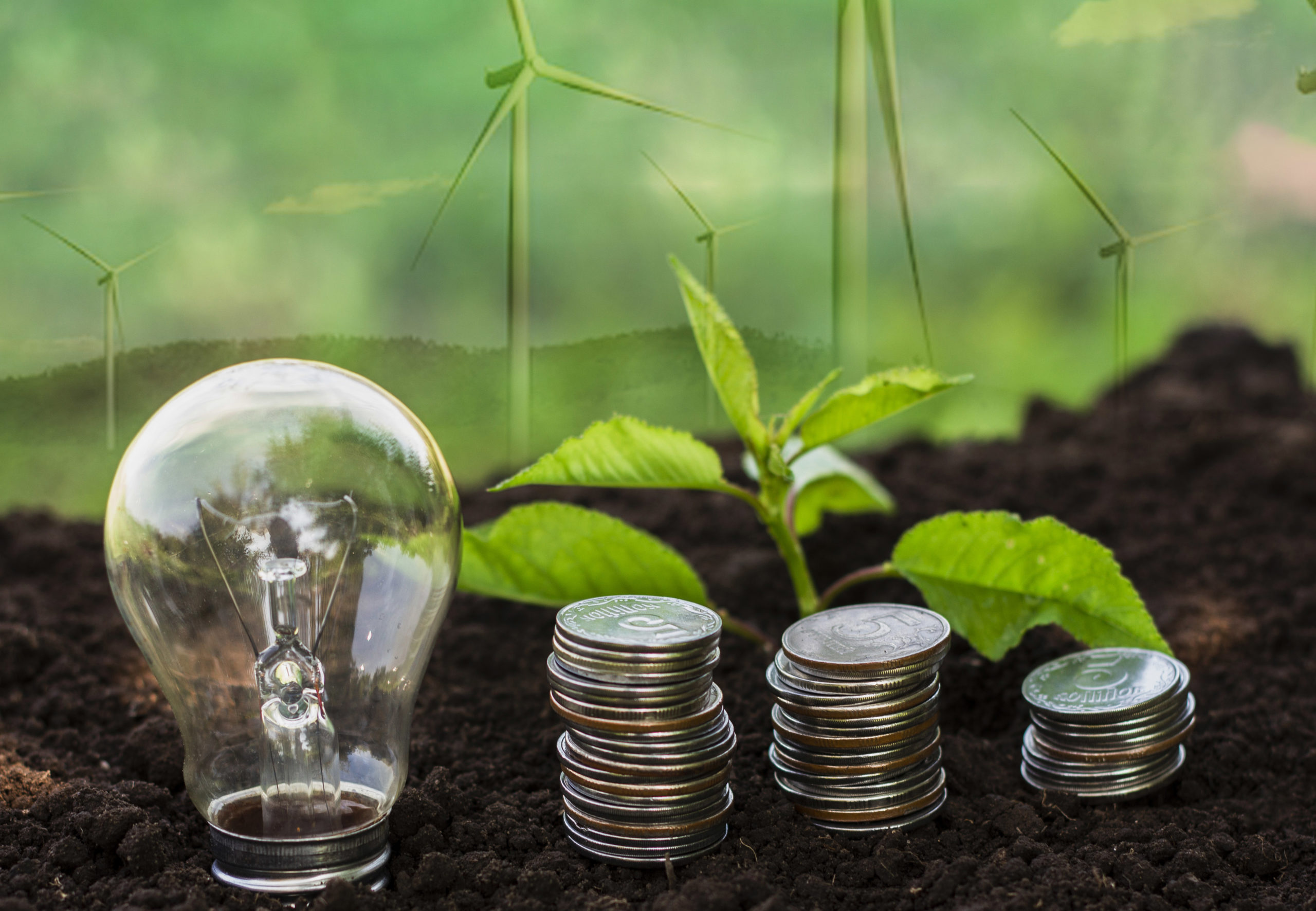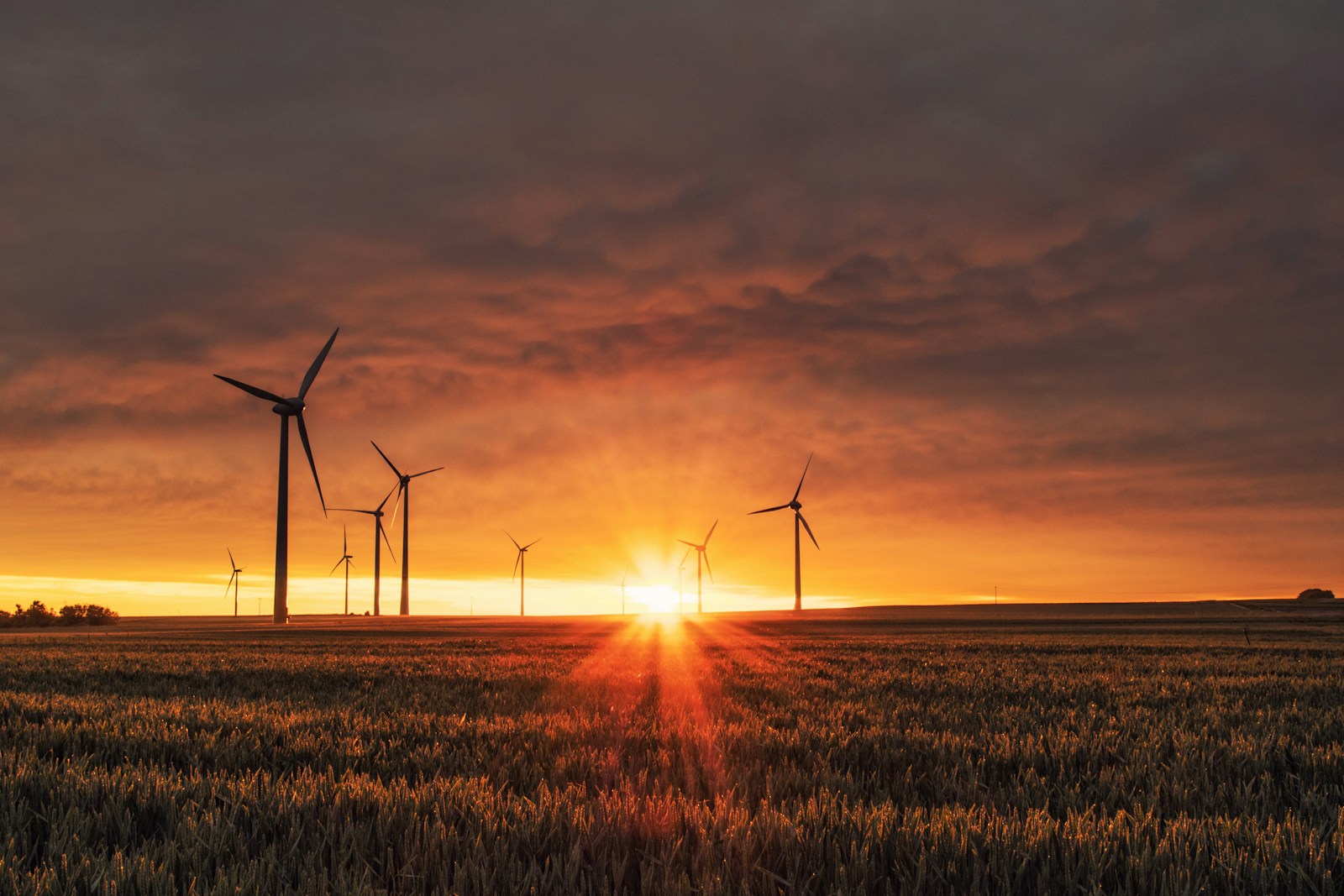Climate Insider Brief:
- A consortium led by Finnish foodtech company Solar Foods has secured €5.5 million ($6 million) from the European Innovation Council (EIC) Pathfinder program.
- The funds will support the HYDROCOW project, focused on producing whey protein through precision fermentation using hydrogen oxidising bacteria (HOB) fed with carbon dioxide and hydrogen.
- The HYDROCOW project aims to genetically engineer HOB to convert carbon from CO2 gas and hydrogen (produced via electrolysis) into beta-lactoglobulin, a whey protein found in cow’s milk.
PRESS RELEASE – December 19, 2023 – A consortium led by Finnish foodtech co Solar Foods has been awarded €5.5 million ($6 million) from the European Innovation Council (EIC) Pathfinder program to fund HYDROCOW: a project to produce whey protein via precision fermentation from microbes fed with carbon dioxide and hydrogen instead of sugars.
The team—comprising Solar Foods, Ginkgo Bioworks subsidiary FGEn AG, and researchers from the University of Groningen and RWTH Aachen University—will genetically engineer hydrogen oxidising bacteria (HOB) to convert carbon from CO2 gas and hydrogen (produced from water via electrolysis) into beta-lactoglobulin, a whey protein in cow’s milk.
During the four-year “high-risk, high-reward” HYDROCOW project, engineered microbes capable of producing beta-lactoglobulin will undergo ultra-high throughput testing at FGen, which has developed a platform capable of searching through up to 1 million HOB variants in a single run.

The best performing strains will then be validated by Solar Foods, a startup specialising in gas fermentation that is currently building a demonstration facility near Helsinki to produce a yellow, protein-packed food ingredient called Solein from hydrogen oxidising bacteria.
“Instead of starting from heterotrophic microbes that use feedstocks from agriculture, we are modifying a hydrogen-oxidizing microbe to secrete milk proteins. This removes agriculture from the equation. As far as we know, milk protein production with this type of microbe has never been done before. We expect the hydrogen technology platform to be orders of magnitude more efficient and environmentally friendly compared to traditional animal-based dairy farming.” Solar Foods
Saving time, energy, and land
But why do this in the first place given that there are already multiple ‘animal-free’ dairy’ companies making whey protein from microbes that feed on sugars, such as US-based Perfect Day, which uses Trichoderma Reesei fungi and Israeli startup Remilk, which uses a yeast called Komagataella phaffii?
Lots of reasons, says Dr. Andreas Meyer, FGen cofounder and senior foundry lead at Ginkgo Bioworks. But primarily because it offers the possibility of creating a net-zero carbon dairy protein production platform. By using waste industrial gases (carbon dioxide) and hydrogen from electrolysis, gas fermentation would enable companies to decouple the production of dairy proteins from agricultural land altogether and create a more circular production process.
As LanzaTech’s chief sustainability officer Freya Burton recently observed, “There’s no need to take carbon out of the ground, because there’s enough above ground carbon to make everything we need.”
While the process requires energy—particularly to power the electrolysis process, which splits water into its constituent parts (hydrogen and oxygen)—this could be powered by renewables, meanwhile, he said.
“If successful, the HYDROCOW project will enable novel nutrition-focused bioproduction methods that are not reliant on photosynthesis and conventional agriculture, instead converting atmospheric carbon directly into whey proteins, while saving time, energy, and land associated with current practices.”
“Hydrogen-oxidising microbes are known for their unique ability to extract energy from hydrogen and carbon from CO2 gas, not for their protein production capabilities.” Solar Foods
‘No one has done this before…’
As to the viability of the entire enterprise, it’s a shot in the dark right now, Meyer told AgFunderNews.
“The costs will depend on a huge number of factors including the source of the CO2 – how you capture it, how you feed it into the bioreactors.”
He added: “Aside from the carbon dioxide and hydrogen, you also need nitrogen, phosphorus and mineral salts, but if you look at the biomass of the organism, the main factor is the carbon source and here we’re talking about CO2.”
When it comes to hydrogen oxidising bacteria (HOBS), meanwhile, producing a protein such as beta lactoglobulin is uncharted territory, he said.
“No one has done this before. Currently, for example, Solar Foods is harvesting the whole [bacterial] cell and making a powder [the nutrient-rich bright yellow Solein ingredient]. HOBs are actually not very well known to secrete proteins at all, so this is a high-risk, high-reward project.
“We want to turn the HOB into a precision fermentation factory. The challenge is that HOBs don’t have a lot of genetic tools, so one partner is developing the genetic tools to do this, and then we’ll use Ginkgo’s expertise in protein production and secretion and FGen’s high throughput screening because we anticipate we will have to do a lot of testing before we find an organism that is able to efficiently secrete the target protein.”
As for the academic partners, he said, “The University of Groningen specialises in the genetic engineering of unconventional organisms and the technical university in Aachen makes metabolic models to analyze how we can optimise protein secretion in these organisms. As there are no metabolic models really available for these kinds of organisms, this is very useful.”
Design, build, test, learn
When it comes to the unit economics of precision fermentation, the key metrics are titer (the amount of an expressed target molecule relative to the volume of liquid); productivity (how fast you can make the target molecule with a given bioreactor volume); and yield (the feed conversion rate: how much of the target molecule you get for a fixed amount of feed).
In this case of the HYDROCOW project, he said, “I think if we can reach grams per litre without significantly reducing the current growth rate of the strains that it [Solar Foods] has, or even improving them, then I think HOBs can be used for precision fermentation.”
While yeast and fungi can produce higher titers for certain ingredients, bacteria can be cheaper, easier, and faster to grow, so there are always trade offs, he added. “Some bacteria can produce enzymes [proteins] at the 100 grams per litre level like fungi, so bacteria are not per se worse than fungal expression systems. It just depends on what kinds of protein you’re expressing.”
He added: “First, we are taking all the known literature, experiments and our own experience in identifying the elements that make a good protein secretor, regardless if this is a fungal strain, a bacterial strain, or a yeast strain.
“And then we identify these building blocks and we assemble them to generate extremely large libraries. And then we try to find out the very rare organisms or very rare cells that will secrete our protein of interest.”
Once HYDROCOW has a starting point, he said, “We will then go through the synthetic biology cycle—design, build, test, learn—as many times as possible in the framework of the program. The goal is that after four years, we test the organisms first in pilot scale at Solar Foods, and ultimately at production scale.”
Asked about who owns the IP coming out of the project, he said: “There is a joint IP ownership for IP generated by involvement of more than one party of the consortium. For example, for high throughput assays that are developed by FGen alone, we will own the IP for that assay and can use it for other organisms in other projects.
“If we isolate with the technology a strain from a library that the University of Groningen generated, there will be joint IP by Solar Foods (gives background strain a library design), University of Groningen (constructs the library), and FGen (identifies the best performing strain). Needless to say, Groningen and FGen will be happy to licence the strain exclusively to Solar Foods.”
To stay informed about the climate industry explore our latest climate news.
SOURCE: Agfund News






